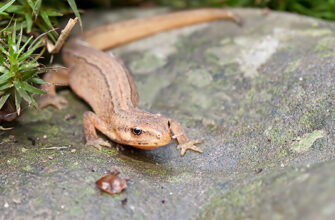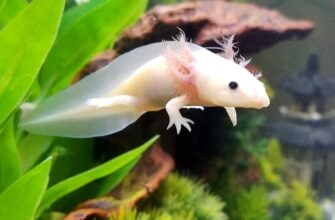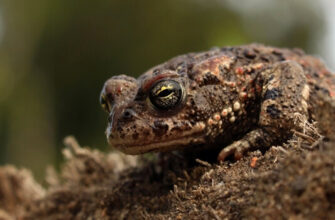Aga toad is one of the unusual representatives of the toad family. First of all, its huge size catches the eye – it can weigh more than a kilogram, therefore it is almost the largest amphibian creature on earth. But that’s not all that makes the toad agu a difficult amphibian.
Origin of the species and description
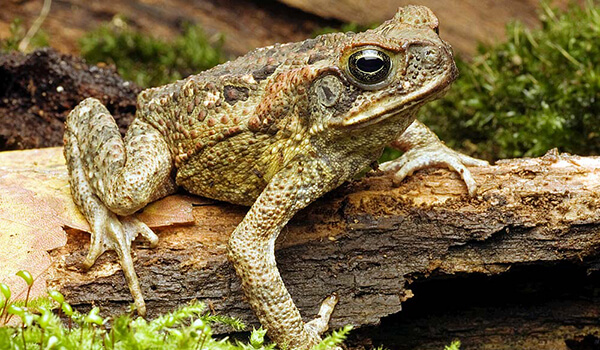
Photo: Zhaba aga
Toad aga refers to tailless amphibians from the toad family. This is a large family that includes many species. The classification of this family is quite confusing, since not all creatures called toads can actually be attributed to this group. For example, there are midwife toads, nosed toads, frog toads, which belong to the round-tongued families, limnodynastis and rhinoprinis. The appearance of different types of toads varies greatly.
The easiest way to indicate how they differ from frogs:
- toads have less developed hind limbs. Accordingly, toads jump worse and mostly move with slow small steps, crawling;
- in most cases, toads prefer moisture, frogs can live in the ground and in dry places;
- the body of toads is short and heavy with short massive shoulders;
- often toads are covered with tubercles called warts, while frogs are smooth;
- toads have a horizontal pupil;
- the ear glands behind the eyes are most often clearly visible.
Toads can be of completely different sizes: from 20 mm (Harlequin Guiana) to 220 mm (Blomberg’s toad). Their diet and lifestyle also differ, but mostly toads are nocturnal, as they face many predators during the day. Although toads live near bodies of water, they are considered terrestrial or semi-terrestrial creatures. Water is necessary for most species of toads for reproduction – they lay their eggs there.
It is generally accepted that toads feed on small invertebrates – worms, insects, snails, etc. But especially large members of the family are also able to eat animals: mice, birds, snakes and many other medium-sized creatures. At the same time, the stomachs of toads quickly adapt to the digestion of new food.
Appearance and features
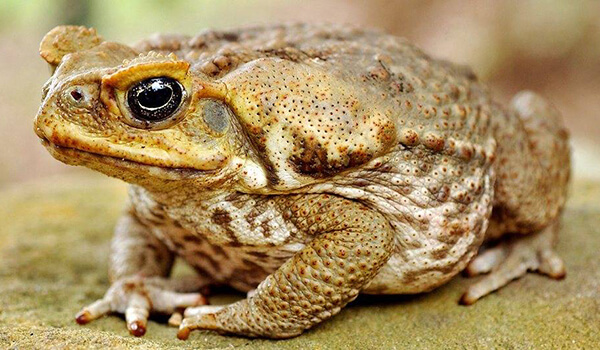
Photo: Poison toad aga
Toad aga is a colorful representative of his family. It is one of the largest toads and one of the largest representatives of amphibians (only the Blomerg toad and the goliath frog are larger). The body length can reach 24 cm, although rare individuals larger than this size have also been found. An amphibian weighs more than a kilogram, but males are always smaller than females.
The skin of the agi toad, like that of other toads, is covered with keratinized warts and growths. Thanks to these growths, the skin becomes stronger and is not so easy for birds like a stork or a heron to bite through. Above the eyes of the toads, there are pronounced growths that perform a protective function – they protect the eyes from dust and solar radiation.
Video: Toad aga
As a rule, the color of the toad is uniform – it does not need excessive disguise. It is dark green with an admixture of brown or brown, which becomes slightly lighter in the abdomen and mouth. But in some habitats, toads acquire camouflage spots. The skin can be milky white with light green streaks, similar to leopard spots. Or, on the contrary, the toad becomes darker and acquires black stripes passing from the eyes along the lateral lines of the back.
The parotid glands are located on the sides of the eyes, closer to the back. But the frog does not hear well, since the glands are not focused on hearing, but on the production of a poisonous secret. It repels predators and is capable of killing some small enemies if ingested. Like many toads, the aga toad has a horizontal pupil, but it is much wider, making the eyes appear oversized.
An interesting fact: The poison of the toad agi was obtained to destroy pest predators.
The paws of the toad are short and massive, it moves slowly. There are no webs on the front toes, but on the back they are still preserved and not reduced. Also, this toad is distinguished from others by a massive head and a very wide body with a convex belly.
Now you know whether the toad is poisonous or not. Let’s see where she lives.
Where does the toad live huh?
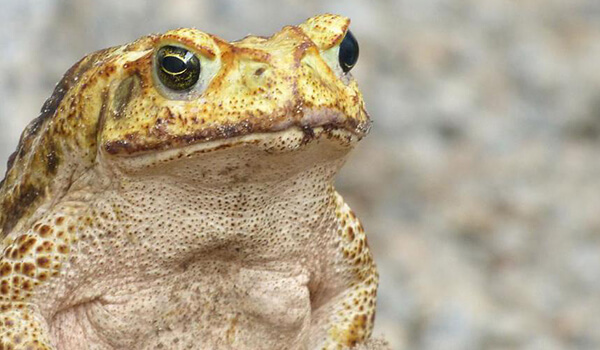
Photo: Aga toad in nature
Natural habitat of the aga toad, these are the territories along the rivers of the Rio Grande (Texas), central Amazonia, northeast Peru.
But to kill insect pests, the aga toad was artificially introduced to the following areas:
- east coast of Australia;
- eastern Queensled;
- coast of New South Wales;
- South Florida;
- Papua New Guinea;
- Philippine Islands;
- Ogasawara Islands in Japan;
- Ryukyu Islands;
- Caribbean Islands;
- Pacific Islands, including Hawaii and Fiji.
Aga easily took root in new lands, as it can adapt to temperatures from 5 to 40 degrees Celsius. It can be found both among the sands far from water bodies, and in the tropics, on the coast and near wetlands. Also, the toad aga perfectly takes root in slightly salty water, which is unusual for toads in general. In Hawaii, it was nicknamed the “sea toad” (Bufo marinus) for this.
Aga’s peculiarity is that her skin became so keratinized and hardened that it began to poorly exchange gas. Therefore, the lungs of the agi are better developed than in other members of the family and, therefore, the toad is able to endure up to 50 percent of the loss of water from the body. Aga toads do not build shelters for themselves, but find new ones every time – in crevices, hollows of trees, under stones, in abandoned rodent burrows, etc. During the day they spend time in the shelter, and at night they go hunting.
What does the toad eat?
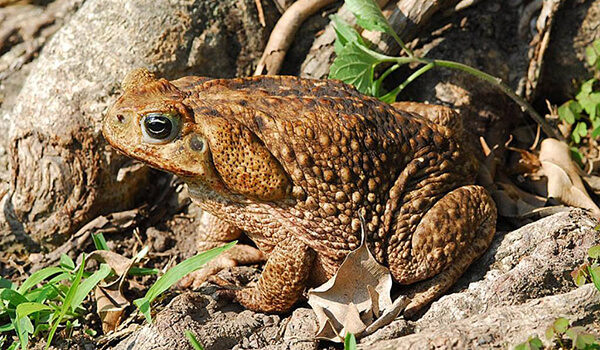
Photo: Dangerous toad aga
Aga toads are unusual that they are omnivorous. The usual diet includes spiders, crustaceans, all kinds of flying and land insects, including poisonous bees and beetles, centipedes, cockroaches, locusts, snails and ants.
But it can eat vertebrates and even mammals:
- small frogs and toads;
- mice and other rodents;
- snakes, including poisonous ones;
- lizards;
- birds and eggs of birds, amphibians, reptiles;
- carrion and garbage;
- crabs, jellyfish, cephalopods;
- sometimes agi toads can eat other representatives of their own species. Cannibalism is not uncommon among toads.
Interesting fact: Toads cannot control the amount of food they eat and are not able to bite off food in pieces – they always swallow whole. Therefore, dead toads are sometimes found with half of the snake in the stomach, and the other half outside; toads simply suffocate, unable to eat such large prey.
Aga toad babies feed on small worms and crustaceans, daphnia, cyclops and plant foods. They may also eat other, smaller cubs. The toad agu is sometimes kept as a pet. In this case, it is fed in a balanced way so that the toad lives a long and healthy life.
The diet includes:
- protein insects – crickets, locusts, larvae;
- dead baby mice, hamsters. They may even be hairy;
- Supplementary food with vitamins, especially calcium;
- Drosophila and small bloodworms for growing toads.
Character and lifestyle features
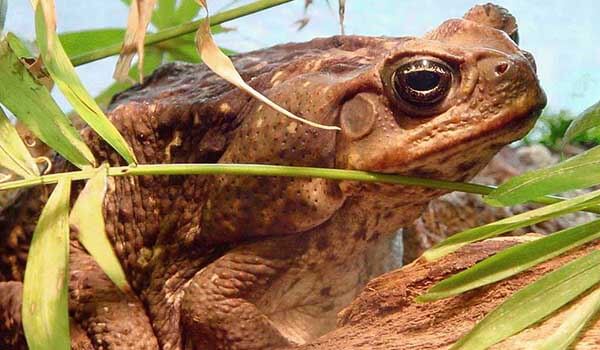
Photo: Great toad aga
The aga toad, like other toads, is a nocturnal amphibian. During the day, she seeks out prey, and since she eats, yeah, almost everything that fits into her mouth, she never has problems with food. The aga toad’s refuge is some kind of hole, hole, crevice or recess in which it hides throughout the day.
Hunts with camouflage. It hides in the grass or merges with sand or pebbles, freezes and waits for something edible to appear in the nearest radius. She grabs her prey in the same way as other toads – throwing out a long tongue. An insect or a small animal sticks to the tongue and quickly finds itself in the mouth of an omnivorous toad.
If a toad encounters a large predator, it takes a defensive stance. For protection, she seeks to swell as much as possible in size, filling her chest pouches with air, and also rises on outstretched legs. If a predator, seeing such a large toad, does not get scared and does not run away, then it is ready to use its poison.
By exposing the poisonous glands to the enemy, it quickly reduces them, shooting poison at a short distance. Such a shot sometimes reaches one meter – this is enough to hit a predator. Upon contact with the mucous membrane of the eye, the poison is able to temporarily blind a large animal, and a small one can completely kill it. When the aga releases poison, its back becomes covered with a white thick liquid, which also has a small concentration of poison.
Aga cannot chase prey and moves in small leaps, and at the slightest drop in temperature, it becomes lethargic and moves only if necessary. In dry weather, agi toads prefer to sit out in damp shelters – during this period they starve and are prone to cannibalism. Sometimes a toad aga can burrow into damp soil to absorb moisture so that only the top of its head sticks out.
Interesting fact: Toads molt, and yes, they are no exception. She climbs into her hiding place, puffs up and waits for the skin on her back to burst. Then the skin itself begins to move away from the body to the head, and then the toad, yeah, eats it on its own.
Social structure and reproduction
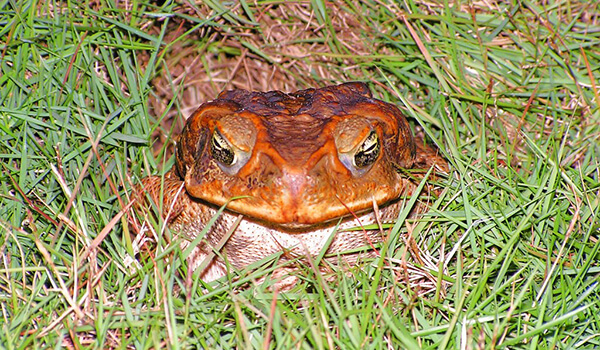
Photo: Zhaba aga
Agi toads are predominantly solitary, but may stay in small groups; 3-4 individuals of either sex sometimes settle in one hole – this is how toads retain moisture. But in the absence of drought, they prefer to divide the territory. In general, the territory of one aga toad is about 32 square meters, although it can reach 2-3 thousand meters. They do not defend their borders and freely cross those of others.
The mating season does not have a strict time frame: the main thing is that the water temperature is above 25 degrees Celsius. Males begin to scream loudly invitingly, and this cry can last for several days. Sometimes they forget about food, which exhausts them greatly.
The female comes to the male at night. There are no mating games other than singing among toads, so the process of fertilization occurs quickly: the female releases eggs, and the male fertilizes it. At the same time, the male, which is much smaller than the female, can sit on it for several days until it starts to spawn.
In one season, an adult can lay from 8 to 35 thousand eggs, and most of them will be fertilized. Sometimes the female and male eat most of them themselves. One female can be fertilized by several males. The eggs are bunched up and attached to plants or trees near the water, and after that, the male and female do not care about future offspring.
Interesting fact: In warm climates, females can spawn several once a year.
The eggs hatch in 24-72 hours. Tadpoles reach sexual maturity by one year, the exact lifespan of toads in the wild is unknown. Under home care, they can live up to 10-13 years.
Natural enemies of the agi toad
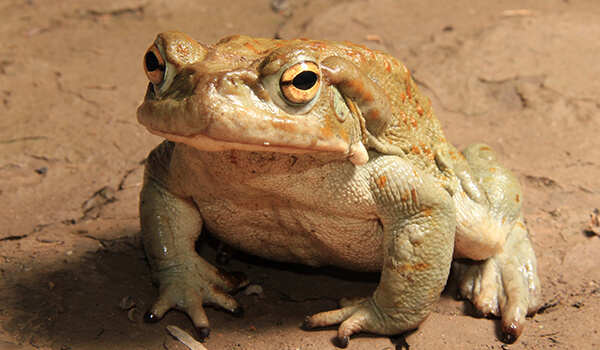
Photo: Poisonous toad aga
The aga toad has many enemies, although it is quite protected.
The main predators that prey on toads are:
- small crocodiles – they are attracted by the large size of the aga toad, and they are also immune to its poison. Most often, cubs of crocodiles feast on toads;
- lobsters;
- water and land rats;
- crows;
- herons, storks, cranes also immune to toad venom;
- Dragonfly nymphs eat the tadpoles of the toad agi because they have no venom;
- water beetles also prey on tadpoles;
- tortoises;
- non-venomous snakes.
Interesting fact: Not all predators that want to eat the aga toad survive an encounter with this amphibian. The toad defends itself with the help of poisonous glands, and sometimes the attacking predator itself becomes a victim and food for the toad.
Basically, predators eat only the tongue of the toad because of its nutritional value, and the carcass itself scares them away with its smell. In addition, hard skin is poorly digested in many predators, and some are not able to bite through it at all. The toad’s belly is easiest to eat, as it is soft and not protected by keratinized warts, but its internal organs are poisonous, so not many predators can afford this approach.
Population and species status
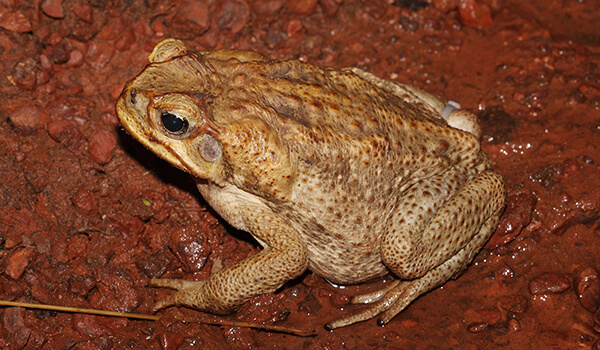
Photo: Dangerous aga toad
Thanks to their venom, size, and their defense mechanisms, aga toads have never been on the brink of extinction . They breed freely and thrive in many parts of the world. When the total reproduction of the cane beetle began in Australia, which ate the crops, it was decided to artificially introduce the toads there.
The toad coped well with the reed beetle and successfully multiplied in Australia. But the Australian predators were not prepared for the encounter with the aga, because they did not have defense mechanisms against the poison. Therefore, the breeding toad aga became a real disaster for the Australian fauna: animals that wanted to eat a toad died because of its poison. Because of this, the mass extermination of toads began and the export of individuals from Australia to stop the destruction of the indigenous fauna.
Interesting fact: To instill resistance to poison in Australian predators, scientists scattered pieces of meat for them with small doses of the poison of the toad toad. Animals either spat out poisonous products or developed immunity to poison.
Agi have always been of practical importance among various peoples of the world. For example, South American Indians smeared arrowheads with agi poison. The Mayan tribes used the poison of these toads as the basis for drugs. In 2008, it was discovered that the venom of the aga toad destroys cancer cells. Until now, studies are underway on this subject, which have not yet yielded results: the poison really destroys the cancer cells of experimental mice, but the mice themselves die along with them.
Agi toads are a very common species, so their population never was not on the brink of extinction. The number is also supported by the fact that these toads can be kept at home. The aga toad is a unique amphibian that has played a role in people’s lives. She demonstrates high adaptability to various living conditions and is one of the most interesting representatives of her family.

